spinatlasagne-blog
73 posts
Latest Posts by spinatlasagne-blog

Arctic Fox in Winter
Photo by Jason Paige

💙
Photo by Jeste Photography

(◠‿◠)つ
Photo by Pim Leijen
Astronomy From 45,000 Feet
What is the Stratospheric Observatory for Infrared Astronomy, or SOFIA, up to?

SOFIA, the Stratospheric Observatory for Infrared Astronomy, as our flying telescope is called, is a Boeing 747SP aircraft that carries a 2.5-meter telescope to altitudes as high as 45,000 feet. Researchers use SOFIA to study the solar system and beyond using infrared light. This type of light does not reach the ground, but does reach the altitudes where SOFIA flies.

Recently, we used SOFIA to study water on Venus, hoping to learn more about how that planet lost its oceans. Our researchers used a powerful instrument on SOFIA, called a spectrograph, to detect water in its normal form and “heavy water,” which has an extra neutron. The heavy water takes longer to evaporate and builds up over time. By measuring how much heavy water is on Venus’ surface now, our team will be able to estimate how much water Venus had when the planet formed.

We are also using SOFIA to create a detailed map of the Whirlpool Galaxy by making multiple observations of the galaxy. This map will help us understand how stars form from clouds in that galaxy. In particular, it will help us to know if the spiral arms in the galaxy trigger clouds to collapse into stars, or if the arms just show up where stars have already formed.

We can also use SOFIA to study methane on Mars. The Curiosity rover has detected methane on the surface of Mars. But the total amount of methane on Mars is unknown and evidence so far indicates that its levels change significantly over time and location. We are using SOFIA to search for evidence of this gas by mapping the Red Planet with an instrument specially tuned to sniff out methane.

The plumes, illustrated in the artist’s concept above, were previously seen in images as extensions from the edge of the moon. Next our team will use SOFIA to study Jupiter’s icy moon Europa, searching for evidence of possible water plumes detected by the Hubble Space Telescope. The plumes were previously seen in images as extensions from the edge of the moon. Using SOFIA, we will search for water and determine if the plumes are eruptions of water from the surface. If the plumes are coming from the surface, they may be erupting through cracks in the ice that covers Europa’s oceans. Members of our SOFIA team recently discussed studying Europa on the NASA in Silicon Valley Podcast.

This is the view of Jupiter and its moons taken with SOFIA’s visible light guide camera that is used to position the telescope.
Make sure to follow us on Tumblr for your regular dose of space: http://nasa.tumblr.com

This is what innocence looks like
Photo by Steve Brooks

Rebel by Tsvetka on @deviantart
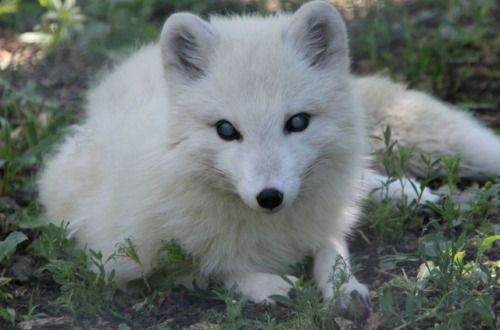
*Takes Soul*
Photo by Winnerslens31

Ghost vs. World
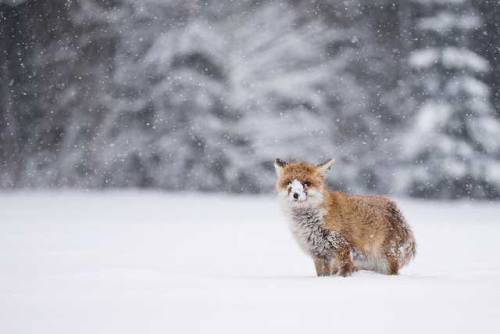
“Why is my face cold?”
Photo by Pavel Blažek

Cute Fluff
Photo by Roeselien Raimond
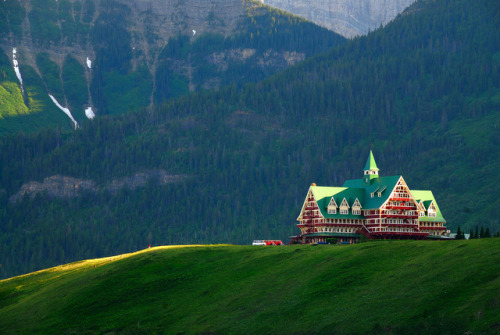








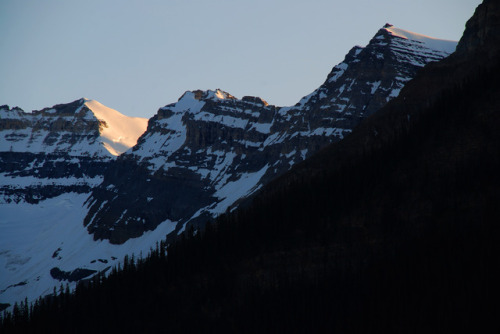
Canadian Rockies by Gord McKenna

Rolling Skies

SuperMoon by Pavel Zaitsev on 500px

Cloud by Wanderer



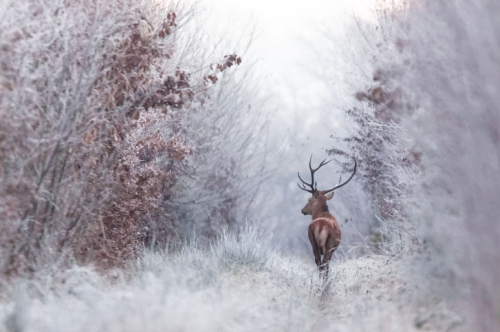
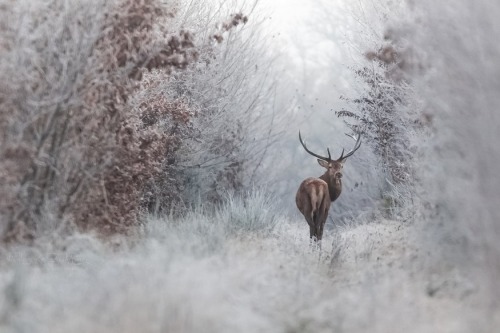
“Faerie Winter” by Nicolas Le Boulanger

Holiday Bouquet (by Alan Howe)

(source)

(sources)

ART: “Opposing Forces” by Patrick Turner

(source)
Spontaneous 'dust traps:' Astronomers discover a missing link in planet formation
Planets are thought to form in the disks of dust and gas found around young stars. But astronomers have struggled to assemble a complete theory of their origin that explains how the initial dust develops into planetary systems. A French-UK-Australian team now think they have the answer, with their simulations showing the formation of ‘dust traps’ where pebble-sized fragments collect and stick together, to grow into the building blocks of planets. They publish their results in Monthly Notices of the Royal Astronomical Society.

Our Solar system, and other planetary systems, began life with disks of gas and dust grains around a young star. The processes that convert these tiny grains, each a few millionths of a metre (a micron) across, into aggregates a few centimetres in size, and the mechanism for making kilometre-sized 'planetesimals’ into planetary cores, are both well understood.
Keep reading

ART: “Refueling Spaceship (sketch)” by sparth .


A Visualisation of the Recent Rapid Change in Temperature.
(GreenPeace)









